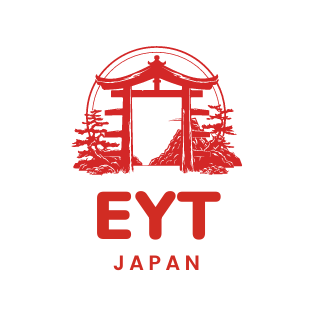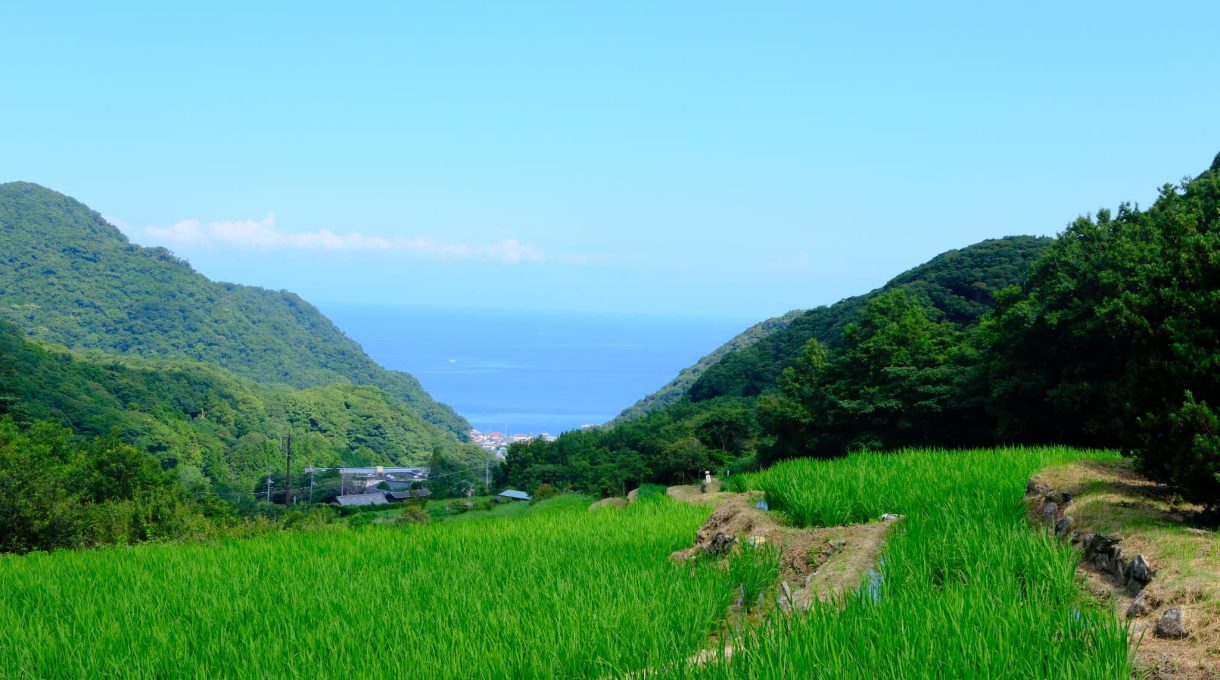There is a place in Japan called the Izu Peninsula, which is collectively referred to as “Izu” in Japan. It is located in Shizuoka Prefecture, famous for Mount Fuji. The closest part of Izu from Shinjuku Station takes about 1 hour and 20 minutes by Shinkansen (bullet train). If you take only regular trains, it takes about 2 hours and 10 minutes. Going to the farthest part of Izu, using the Shinkansen from Shinjuku Station takes around 3 to 3 and a half hours, while using only regular trains takes about 4 to 4 and a half hours.
Although it’s encompassed under the name “Izu,” it’s actually a fairly large peninsula, with areas closer to the city center and others more remote. Each area has its own charm, so be sure to check them out!
Izu is roughly divided into four areas: East Izu, Central Izu, West Izu, and South Izu. By the way, each area has hot springs, so those who want to soak in hot springs can rest assured!
East Izu
Representative places would be “Atami” and “Ito.” Especially, “Atami” is popular even among people from Tokyo. Atami is particularly famous as a tourist destination in Japan, where you can enjoy both the mountains and the sea. Atami and Ito are well-developed as tourist destinations, with many restaurants and souvenir shops.
Central Izu
This is the only area among the four areas of Izu that does not face the sea. You can reach it by train from Tokyo. Representative places would be “Izu-Nagaoka” and “Shuzenji.” I think it’s the most livable place among the four areas of Izu because there are mountains nearby where you can feel nature, trains run through, and it’s not overly developed as a tourist spot, so you can easily feel the “local Japan.” Also, Central Izu has wineries(Japanese website only) , with vast grounds and even hot spring facilities.
West Izu
There are no trains running through here, so you can only go by bus or rental car. The transportation is not very convenient, but there are wonderful natural landscapes of mountains and sea, blending untouched nature with organized natural settings. Because trains don’t run through, it’s not a place that many Japanese are familiar with, and it’s not heavily developed as a tourist destination. Located along the western coast, it boasts some of Japan’s most beautiful sunsets. This area, West Izu, is the farthest from Tokyo.
South Izu
This area has the most untouched nature among the four areas of Izu. There are areas where trains run and areas where they don’t. If you take the train, you’ll reach “Shimoda.” Historically, it’s a famous place, marking the spot where Japan, originally a country closed to the world, opened up. Shimoda is a developed tourist spot, with the city well-maintained. If you head further south from Shimoda, you can reach areas of untouched nature. Personally, I think the sea in South Izu is the most beautiful among all of Izu.
In this way, although referred to as “Izu” as a whole, each area has its own characteristics, so please use this as a reference.

